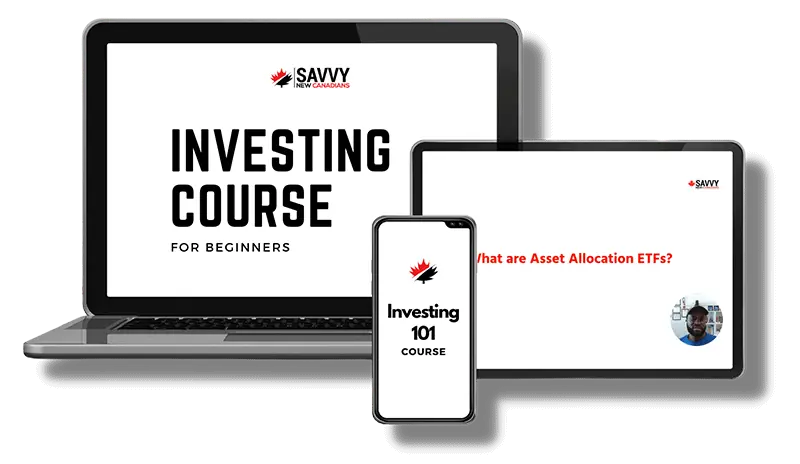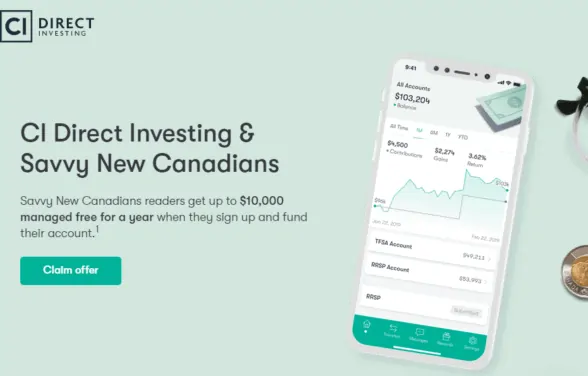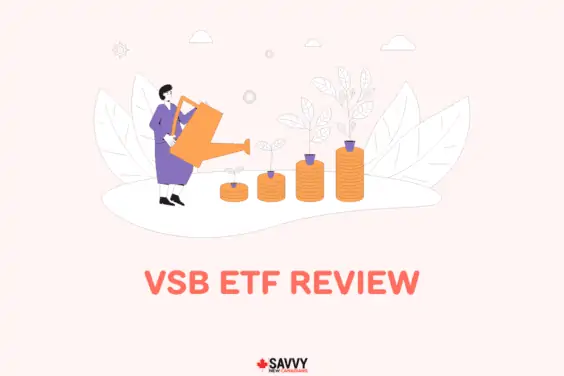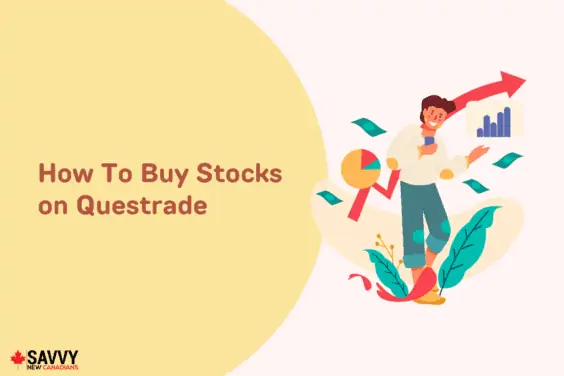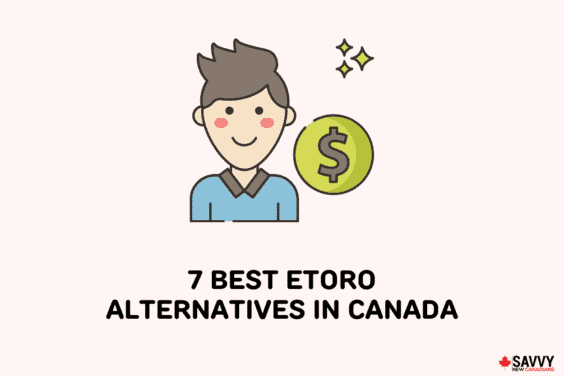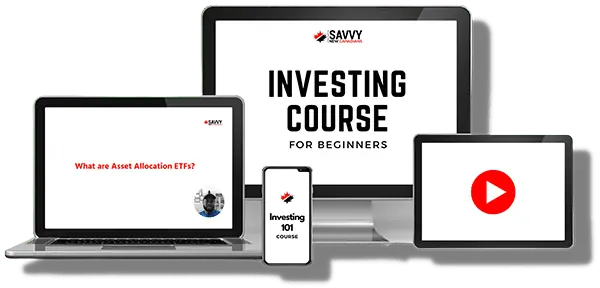Horizons Balanced Tri ETF (HBAL) is one of the all-in-one ETFs (aka asset allocation ETFs) offered by Horizons.
For most investors, selecting individual stocks is a process that requires not only research but also an understanding of fundamental and technical factors that may impact price.
It is a major reason why most individual investors, and most hedge fund managers as well, have trouble matching the annual returns of benchmark indexes such as the S&P 500.
So, what does that tell us about the habits of investors?
Today’s investors often seek quick gains made only possible through high-risk investments.
Investing is a marathon and not a race, which is why hand-picking stocks is usually a losing proposition.
It might seem less exciting, but investing in indexes through ETFs like Horizon’s Balanced Tri ETF Portfolio (HBAL) is one of the easiest ways to build wealth over the long term.
ETFs provide a basket of assets that help investors gain exposure to different market sectors without having to purchase individual stocks.
Horizons is a company that has a proven track record in providing well-diversified ETFs for Canadian investors. And when discussing balanced, steady performers, HBAL ETF is a great option.
This HBAL review covers its composition, returns, fees, top holdings, pros and cons, how to purchase Horizons ETFs in Canada, and how it compares to other balanced ETFs like VBAL.TO.
What is HBAL?
The Horizons Balanced Tri ETF was established in August 2018 and was designed to provide Canadian investors with a unique long-term capital growth strategy.
HBAL is structured around a long-term asset allocation of 70% equities and 30% fixed-income securities.
This provides investors with a relatively safe asset, as well as plenty of opportunity for future growth.
HBAL Key Information
- Inception date: August 1, 2018
- Net assets: $137,735,624 as of April 25, 2023
- 12-month trailing yield: 0.02%
- Distribution Frequency: Annually
- Management fee: 0.0% (but underlying fees from ETFs are charged and factor into the price of HBAL).
- Management Expense Ratio (MER): 0.16%
- Account Eligibility: All registered and non-registered investment accounts
- Listing currency: CAD
- Listing Exchange: Toronto Stock Exchange
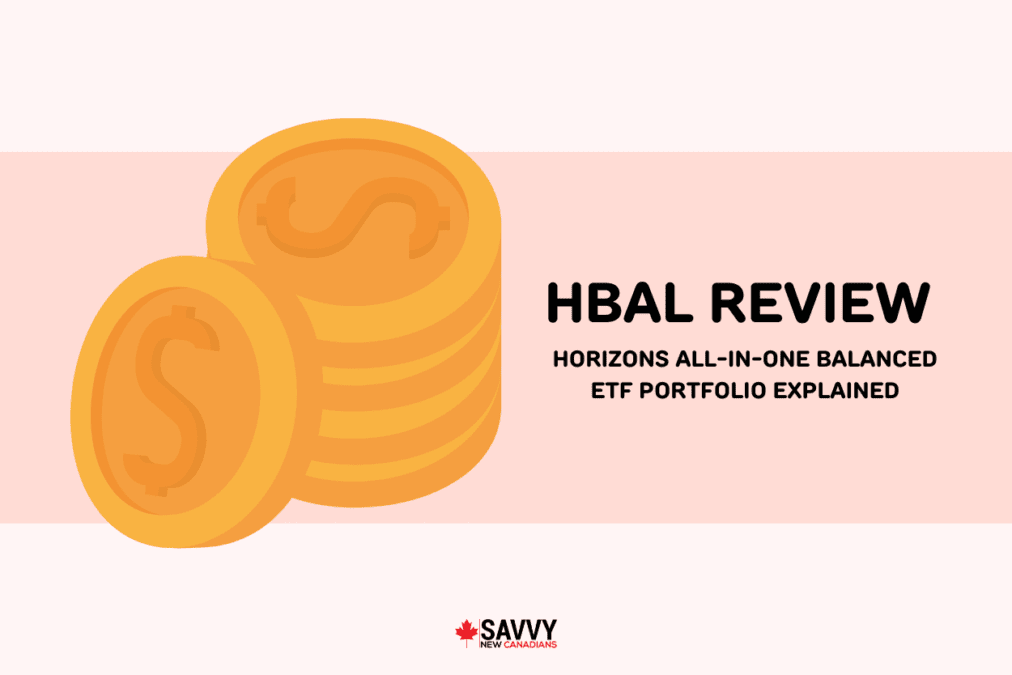
HBAL Asset Allocation
The first thing you will notice about HBAL’s allocation is that the fund consists of only seven different assets.
But aren’t ETFs generally a basket of hundreds of different stocks? In this case, both of these things can be true. HBAL is built around a portfolio of seven other Horizons ETFs.
This is a change from last year, as Horizons has dropped the Horizons Europe 50 Index ETF (HXX.TO) from its holdings.
Here are the seven different ETFs that HBAL is comprised of as of April 2023:
| HBAL Holdings | Portfolio Weight |
| Horizons US Large Cap Index ETF (HULC.TO) | 24.61% |
| Horizons CDN Select Universe Bond ETF (HBB.TO) | 19.83% |
| Horizons International Developed Markets Equity Index ETF (HXDM.TO) | 17.84% |
| Horizons S&P/TSX 60 Index ETF (HXT.TO) | 12.24% |
| Horizons US 7-10 Year Treasury Bond ETF (HTB.TO) | 10.61% |
| Horizons NASDAQ-100 Index ETF (HXQ.TO) | 7.51% |
| Horizons Emerging Markets Equity Index ETF (HXEM.TO) | 6.94% |
As you can see that despite this being a Canadian-based ETF, there is a heavy allocation towards US equities.
In fact, 42.73% of the allocation is distributed amongst the Horizons US Large Cap ETF, the Horizons NASDAQ-100 Index ETF, and the Horizons US 7-10 Year Treasury ETF.
Of course, when you have a fund concentrated on US stocks, particularly with the NASDAQ-100 and the US Large Cap stocks, you will get some overlap.
This might provide too much concentration in mega-cap tech stocks for some investors, but given their market weight, it is always difficult to avoid this when investing in US index funds.
Related: Best Energy ETFs in Canada.
HBAL Returns
Since its inception in 2018, HBAL has seen a steady performance year-over-year.
After a down year in 2022, where HBAL lost 17.74% for shareholders, the ETF is looking to rebound in 2023. So far this year, HBAL has returned 7.39% to shareholders as the markets have stabilized to start in 2023.
Its calendar year performance over the last 4 years is shown below.

HBAL Fees
Due to its structure as an ETF composed of other ETFs, HBAL is unique because it has no fund management fees. Instead, the HBAL ETF is subject to the underlying fees of the ETFs it holds.
The MER or Management Expense Ratio is at a low rate of 0.16%. Low MERs are a part of what makes ETFs more attractive to investors than mutual funds. An MER of 0.16% means that for every $10,000 you have invested in HBAL, you will be charged $16.00 in fees by Horizons.
Pros and Cons of Investing in HBAL
Pros:
- Well-diversified fund with a low MER
- Exposure to Canadian, US, and global markets
- Available for both registered and non-registered investment accounts
Cons:
- High exposure to US mega-cap tech stocks from the FAANG group
- Relatively young fund with only a few years of performance history
- Annual distribution frequency rather than quarterly or monthly
HBAL vs VBAL
VBAL (Vanguard Balanced ETF Portfolio) is the balanced ETF from fund giant Vanguard.
It has a similar makeup to HBAL in that VBAL is also a fairly equally weighted collection of Vanguard’s own ETFs. As of April 2023, VBAL’s allocation is 60.41% to stocks and 39.51% to bonds.
Here are the funds that VBAL holds:
| VBAL Holdings | Portfolio Weight |
| US Total Market Index ETF | 25.92% |
| Canadian Aggregate Bond Index ETF | 23.15% |
| FTSE Canada All Cap Index ETF | 18.08% |
| FTSE Developed All Cap ex North America Index ETF | 12.08% |
| Global ex-US Aggregate Bond Index ETF (CAD-hedged) | 8.37% |
| US Aggregate Bond Index ETF (CAD-hedged) | 8.02% |
| FTSE Emerging Markets All Cap Index ETF | 4.38% |
As you can see, the two funds have similar makeups, with VBAL having a slightly heavier lean toward bonds than HBAL.
In terms of fees, VBAL has a management fee of 0.20% and an MER of 0.24%, which both cost more than HBAL.
Finally, VBAL distributed its dividends quarterly, rather than HBAL’s rather unique frequency, on an annualized basis. As of April 2023, VBAL has a distribution yield of 2.38%.
How to Buy HBAL ETF on Questrade
Questrade is a popular investing platform for Canadians due to its lower transaction fees than big banks. it is also the best discount brokerage.
Below is a quick step-by-step guide for using Questrade (and how to get a $50 credit):
- Login to your Questrade account and click on ‘trading.’ Here you can enter the ticker symbol of the stock or ETF you wish to trade. In this case, you would enter HBAL.
- Click on Buy.
- Select the number of shares or units and select a market order to purchase HBAL at the current market price.
- Confirm order of HBAL has been placed into your account.
Questrade
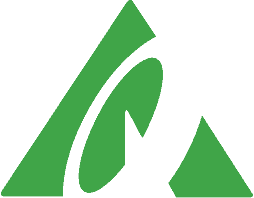
Trade stocks, ETFs, options, etc.
Low and competitive trading fees
Top platform for advanced traders
Get $50 trade credit with $1,000 funding
How To Purchase HBAL ETF on Wealthsimple Trade
A great option for Canadians when buying HBAL is Wealthsimple Trade. Customers of Wealthsimple can take advantage of commission-free buying and selling of stocks and ETFs.
New users can open a Wealthsimple Trade account here and earn a $25 cash bonus.
- Login to your Wealthsimple Trade account and search for HBAL.
- Click on Buy.
- Select the number of shares or units and select a market order to purchase HBAL at the current market price.
- Confirm order of HBAL has been placed into your account.
Wealthsimple Trade

Trade stocks and ETFs for free
Great trading platform for beginners
$25 cash bonus when you deposit $200+
Transfer fees waived up to $150
HBAL FAQs
With a single investment in HBAL, Canadian investors receive exposure to hundreds of the best-performing companies worldwide. Not only do you get the best of both the Canadian and US markets, but HBAL has included global emerging markets and Europe as well.
As far as ETFs go, HBAL has a low MER and is available for Canadian investors for both registered and non-registered investment accounts.
HBAL is rebalanced by Horizons on a semi-annual basis every January and July. Some ETFs will rebalance on a more frequent basis, but given that HBAL is composed of other ETFs, those funds likely already rebalance more frequently on their own.
While HBAL does hold certain ETFs that track indices, the ETF itself is not an index fund. Index funds solely track a single index like the NASDAQ or S&P 500. HBAL does track the NASDAQ-100 and S&P/TSX 60, but these are not considered to track an entire index. HBAL is well-diversified and balanced but is not considered an index fund.
The benefits of investing in ETFs are numerous. It saves investors time in researching individual stocks and provides a safer floor to the investment as well. ETFs are an excellent way to gain exposure to dozens, if not hundreds, of different companies under one asset. It also provides the ability to invest in markets around the world that are generally not accessible from most Canadian brokerages.
Related:

